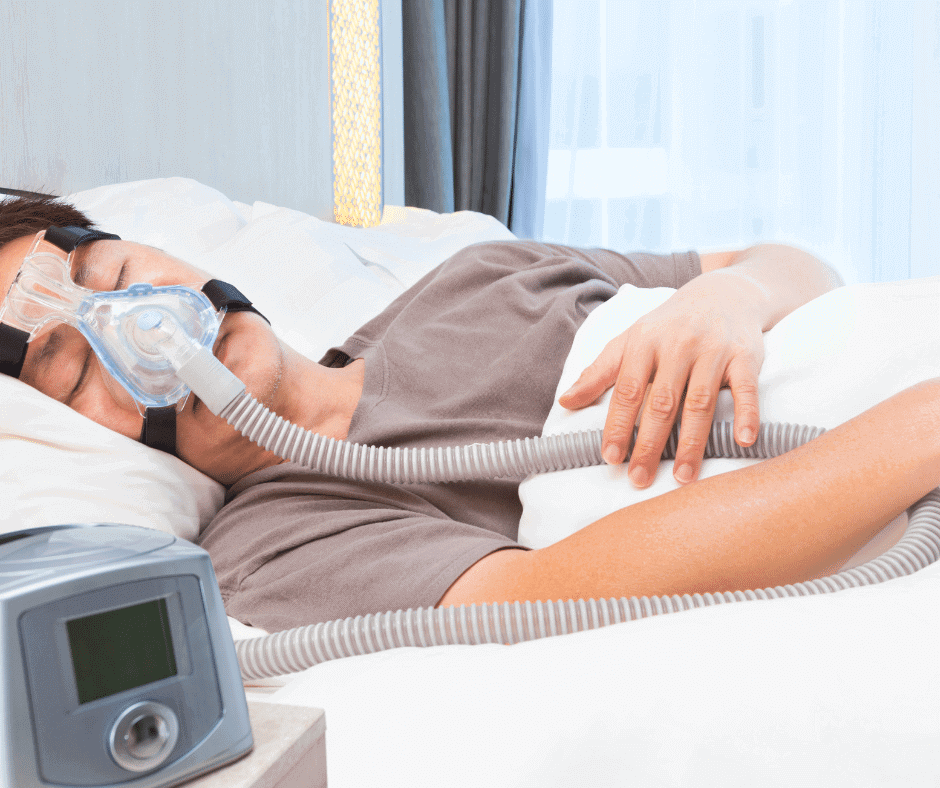As mentioned in our Classification and Grouping Ultimate Guide, there are a series of rules to classify and group medical devices. The above-mentioned rules are fully explained in Appendix II – Supplement of medical devices of the Mexican Pharmacopeia (FEUM).
In this article we will focus on explaining strategies to classify and group CPAP’s systems (Continuous Positive Air Pressure) and equivalent equipment following simple general rules and explain some particularities that can be found in these type of devices according to our everyday experience in Mexico.
General characteristics of CPAPs (Continuous Positive Air Pressure)
In broad terms a CPAP system (also known as a CPAP machine) is a device used to treat Obstructive Sleep Apnea (OSA) in which not enough air reaches the lungs. You can find diverse presentations as APAPs (Automatic Positive Air Pressure) or BiPAPs (Bi Level Positive Air Pressure) –more details in this link.
No matter the different type of device we have, most of the times they will comprise the following:
– The equipment, which is the motor and the electronics to control de air pressure.
– A mask.
– And a tube that connects the equipment with the mask.
It is worth mentioning that accessories as the tubes, masks and the parts of the equipment may be sold separately. In particular, there is a variety of mask presentations depending the intended use and provided comfort.
Classification and Grouping in Mexico according to the level of risk
As mentioned, CPAPs and its variants, are comprised of an equipment, a tube and a mask. In this section, we will further talk about the classification and the grouping of these products in Mexico.
The easiest start is the case when the product is sold all together as a system (e.g. Equipment + Tube + Mask). In this scenario, the product is considered as a class II medical device. Nevertheless, if the Equipment is sold without the tube or/and mask, we have to consider to apply for separate registrations. For such cases, the following strategies have been proven as satisfactory solutions:
- As long as the masks and tubes are intended for the same equipment, all of them can be registered together in the same registration. The strategy is to include them as accessories of the system. This is still considered a class II medical device. It is worth mentioning that this strategy works if there is a single mask and tube.
- In case you have several tubes and masks and all of them are intended for different models of your equipment, it is better to register the set of masks and tubes with the same technology and intended use, in an independent registration. We have seen cases where different types of masks are included in the same registration, but this represents a grouping risk. Finally, no matter the case, all of these are considered class II medical devices.
Additional considerations
After reviewing the classification and grouping criteria, it is noteworthy that a separate sanitary registration must be requested for each trademark and technology. In other words, it is not recommended to group CPAPs with BiPAPs systems in a single application
Finally, other types of accessories, specifically those related to the equipment (e.g. spare parts) are not considered medical devices and do not need a sanitary registration. Nevertheless, we strongly advice to mention those accessories that tend to be replaced frequently, just in case any authority inquire about any sanitary permit.
Thanks for reading this article, if you have any question about this topic, feel free to contact us at contact@veraqueconsulting.com or check our guides.

